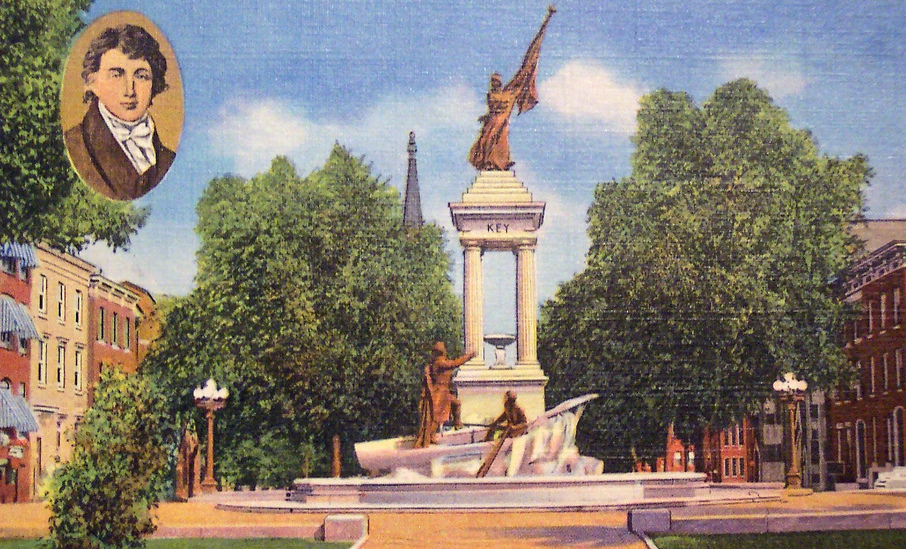We’re still playing a bit of catch-up on the Baltimore Building of the Week, but we should soon return to our regular weekly schedule. Today’s featured building is the Eastern Female High School at 249 Aisquith Street owned by Sojourner-Douglass College, is also included on our Baltimore Heritage Watchlist for its continued vacant condition.

An odd urban version of the towered Italian Villa style, this building includes symmetrical towers at the corners – along with Italianate arched windows and bracketed cornices. A pioneering effort in women’s education, the school was built in 1869 at the corner of Orleans and Aisquith Streets. It is the oldest Baltimore school building still standing. Derelict in the 1970s, it was restored in the following decade as housing for elderly citizens. In 2010, the again-vacant landmark awaits another round of adaptive reuse.



